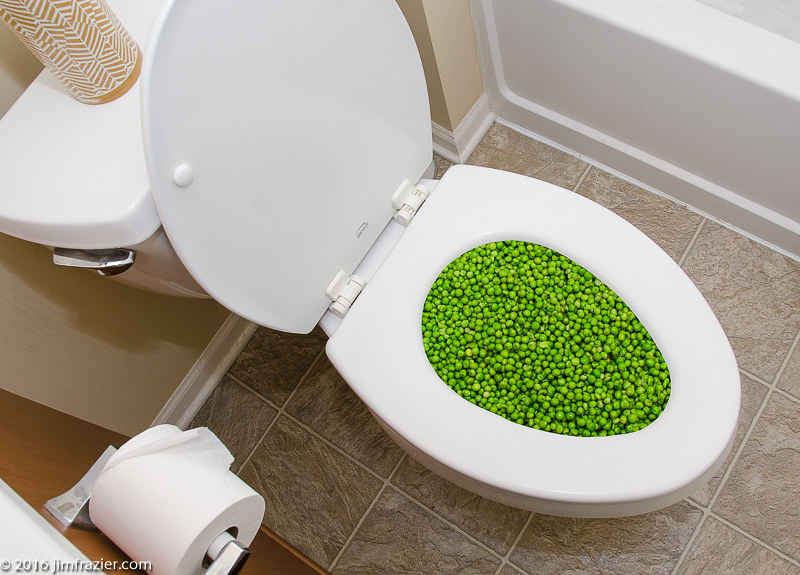Is it Logical to Flush Food in the Toilet?
Is it Logical to Flush Food in the Toilet?
Blog Article
They are making a number of great pointers about What Can Happen If You Flush Food Down the Toilet? overall in this article below.

Introduction
Many individuals are typically faced with the dilemma of what to do with food waste, especially when it concerns leftovers or scraps. One common question that develops is whether it's alright to flush food down the commode. In this article, we'll look into the reasons individuals could think about purging food, the consequences of doing so, and alternative methods for correct disposal.
Reasons people may consider flushing food
Lack of understanding
Some people might not understand the prospective injury brought on by flushing food down the bathroom. They may mistakenly believe that it's a safe technique.
Benefit
Flushing food down the bathroom may appear like a fast and easy solution to taking care of unwanted scraps, especially when there's no nearby trash can readily available.
Idleness
In many cases, people might merely pick to flush food out of sheer idleness, without taking into consideration the repercussions of their activities.
Repercussions of flushing food down the commode
Ecological influence
Food waste that winds up in waterways can add to contamination and injury aquatic environments. In addition, the water used to flush food can strain water sources.
Plumbing issues
Flushing food can result in stopped up pipes and drains, creating costly plumbing repair work and inconveniences.
Kinds of food that need to not be flushed
Fibrous foods
Foods with coarse structures such as celery or corn husks can obtain entangled in pipelines and create obstructions.
Starchy foods
Starchy foods like pasta and rice can take in water and swell, causing obstructions in pipelines.
Oils and fats
Greasy foods like bacon or food preparation oils must never ever be flushed down the commode as they can solidify and trigger blockages.
Correct disposal techniques for food waste
Utilizing a waste disposal unit
For homes geared up with garbage disposals, food scraps can be ground up and purged through the plumbing system. Nevertheless, not all foods are suitable for disposal in this way.
Recycling
Particular food product packaging products can be recycled, minimizing waste and decreasing ecological influence.
Composting
Composting is an environmentally friendly method to throw away food waste. Organic products can be composted and used to enrich dirt for gardening.
The significance of appropriate waste management
Reducing ecological injury
Appropriate waste management techniques, such as composting and recycling, assistance decrease contamination and protect natural deposits for future generations.
Protecting pipes systems
By avoiding the method of flushing food down the bathroom, homeowners can protect against pricey plumbing repair work and keep the honesty of their pipes systems.
Final thought
In conclusion, while it may be tempting to purge food down the toilet for comfort, it is essential to comprehend the possible consequences of this activity. By adopting proper waste management methods and dealing with food waste responsibly, individuals can add to healthier pipes systems and a cleaner atmosphere for all.
FLUSH FOOD DOWN THE TOILET?
FLUSHING FOOD CAN CAUSE BLOCKED DRAINS IN YOUR HOME
All of the plumbing fixtures in your home are connected to the same sewer pipe outside of your home. This outdoor sewer pipe is responsible for transporting all the wastewater from your home to the Council sewer mains. Even small pieces of food that go down the kitchen sink can cause problems for your sewer. It should therefore be obvious that flushing larger bits of food, such as meat, risks a clog in either the toilet itself or the sewer pipes. Flushing greasy food is even more problematic because oil coagulates when it cools, coating the interior lining of your pipes.
THE TOILET IS NOT A BIN
Food isn’t the only thing that people shouldn’t be flushing down the toilet. People use the toilet to dispose of all kinds of things such as tampons, makeup wipes, dental floss, kitty litter and even underwear. Water goes to great lengths to educate residents about the high costs and stress placed on wastewater treatment systems simply from people flushing the wrong stuff down the toilet. It costs taxpayers millions of dollars each year, and homeowners thousands in blocked drain repairs.
FLUSHING FOOD IS A WASTE OF WATER
Flushing food is a waste of our most precious resource - water. In June this year Level 1 water restrictions were introduced to protect water supply from drought conditions. Much of New South Wales continues to be affected by prolonged drought with recent figures revealing up to 97 per cent of the state remains in drought. Depending on whether you have a single or dual flush toilet, every single flush uses between five and 11 litres of water. In the current climate this is a huge amount of water to be wasting on flushing food that should be placed in the bin (or better yet, the compost).
https://www.jabplumbingsolutions.com.au/blog/can-you-flush-food-down-the-toilet

I was brought to that write-up about from a buddy on another web address. Liked our piece of writing? Please share it. Let somebody else discover it. Thank you for going through it.
Call Today Report this page